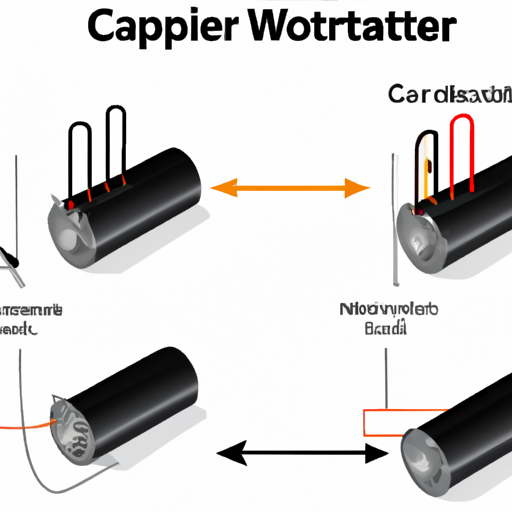CORE_COMPETENCE
Product_Leaders
5000+
num_01
1000+
num_02
TOP03
num_03
index_more
index_more_content

info_item01
info_item_content01

info_item02
info_item_content02

info_item03
info_item_content03

info_item04
info_item_content04
NEWS
NEWS
What is the market size of capacitor manufacturers?
2024-11-14
0
How does a capacitor work?
2024-11-12
0























